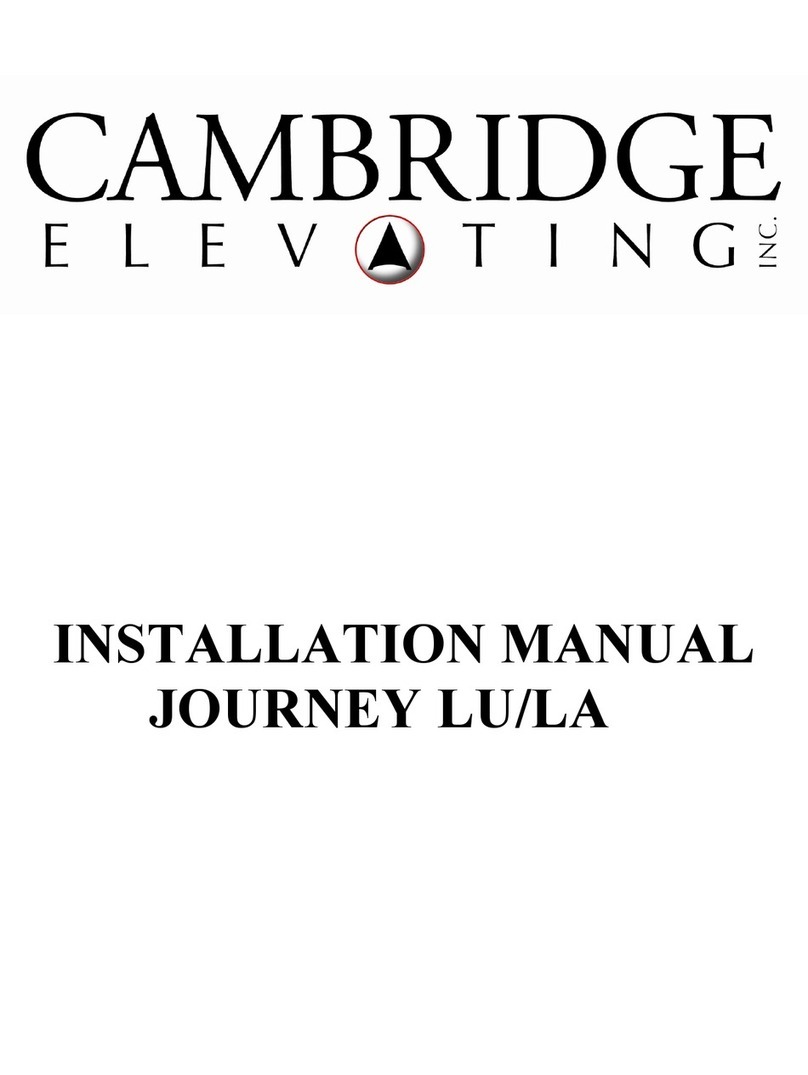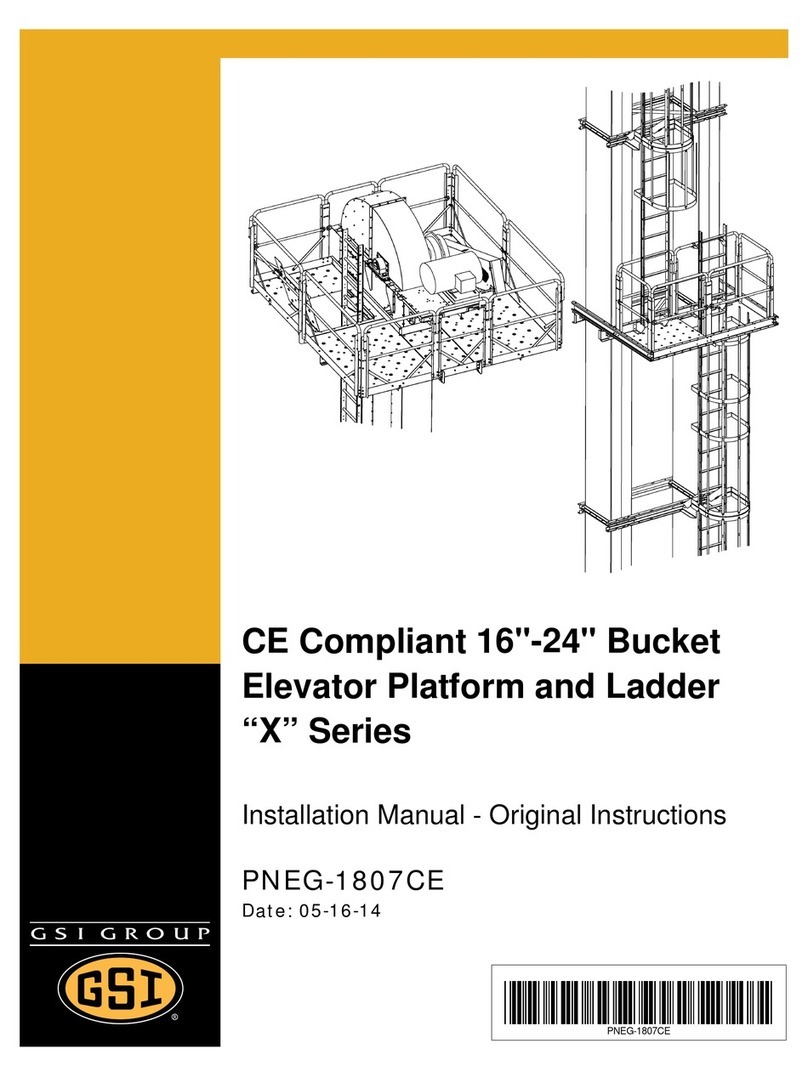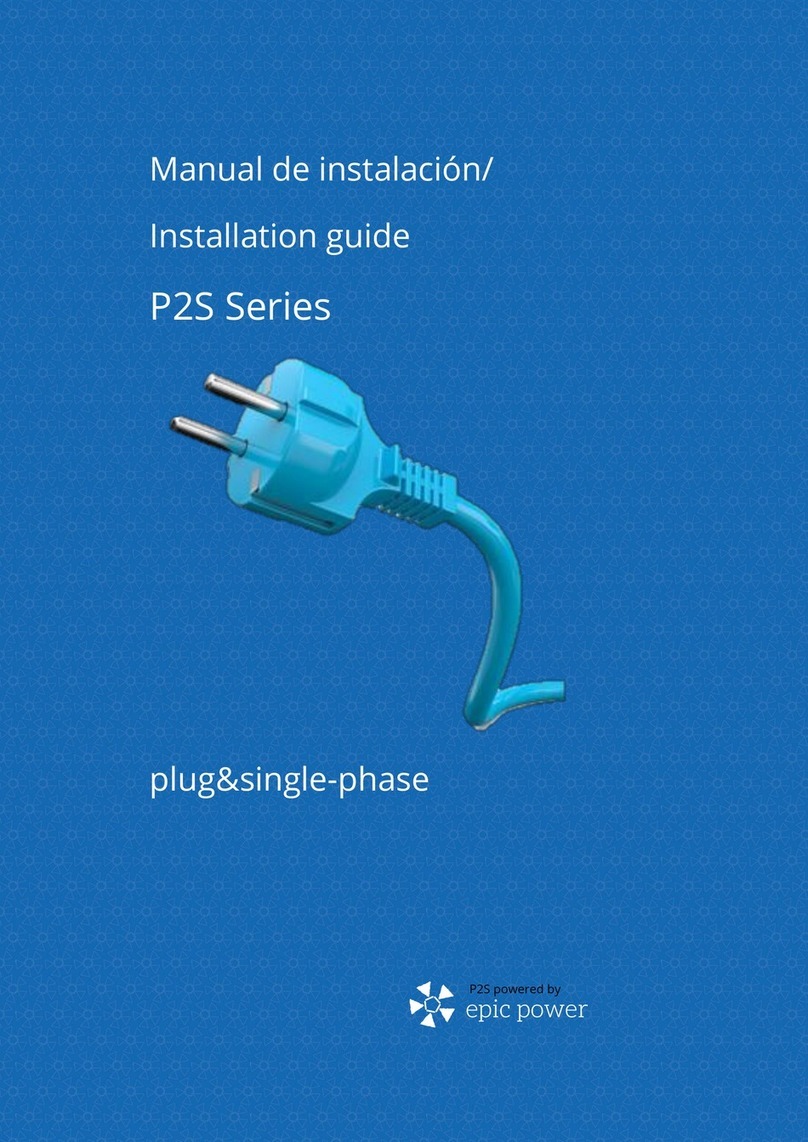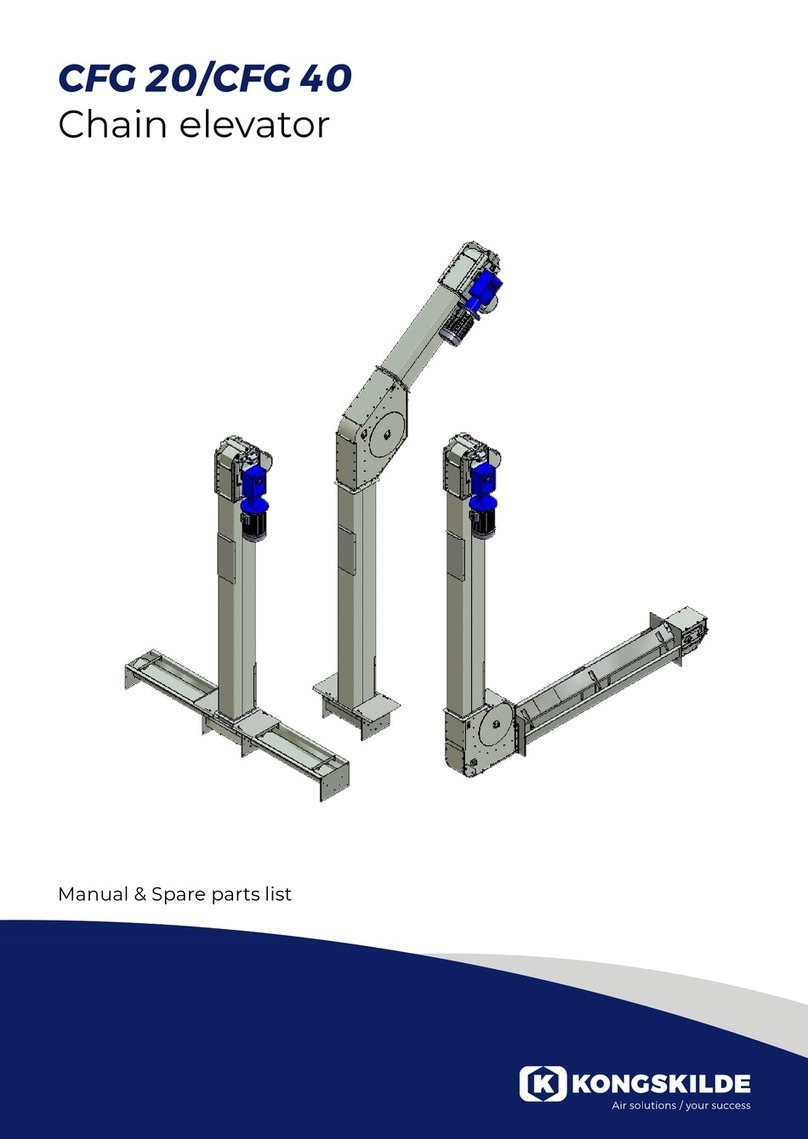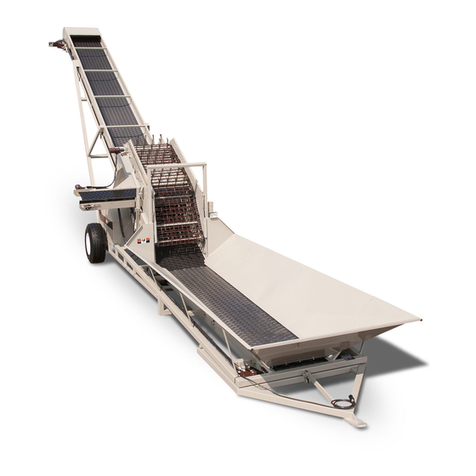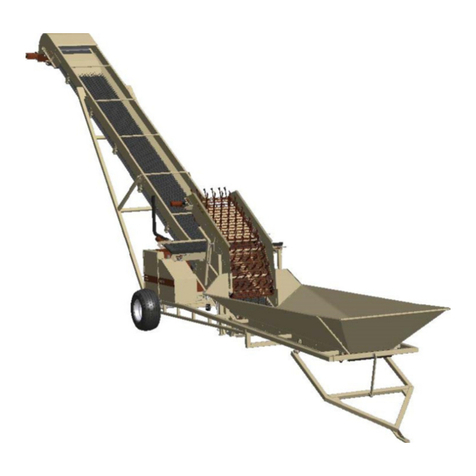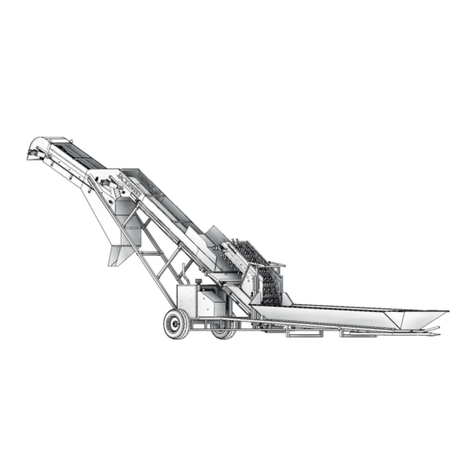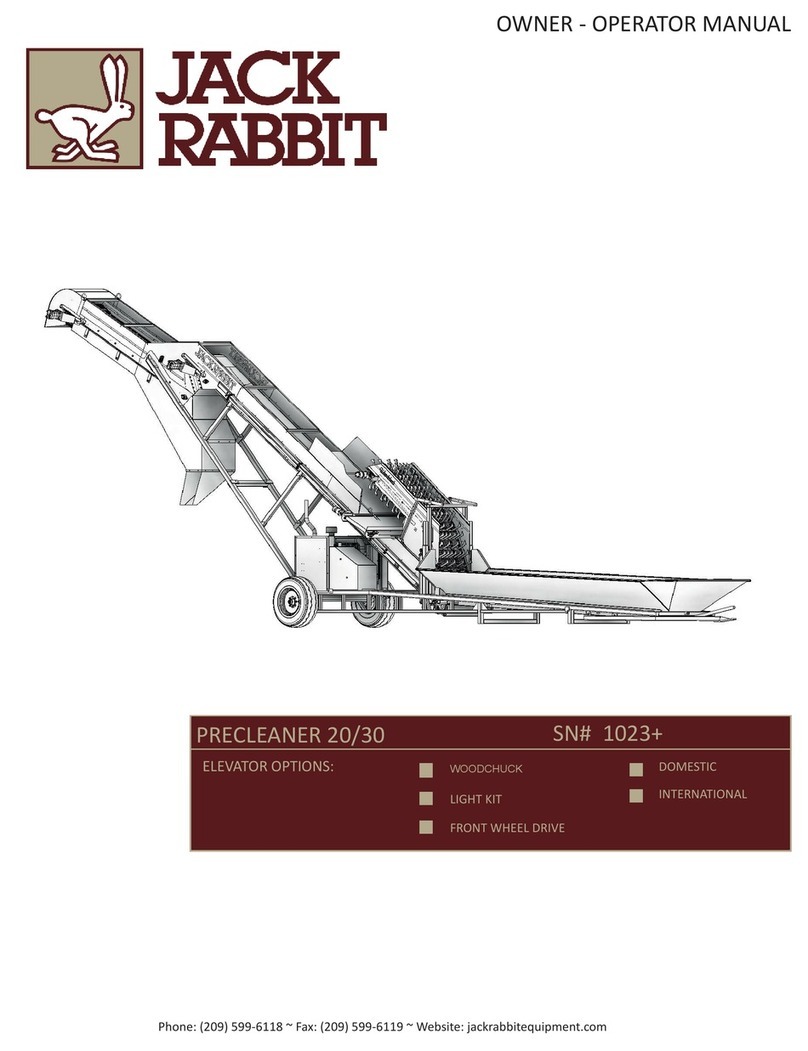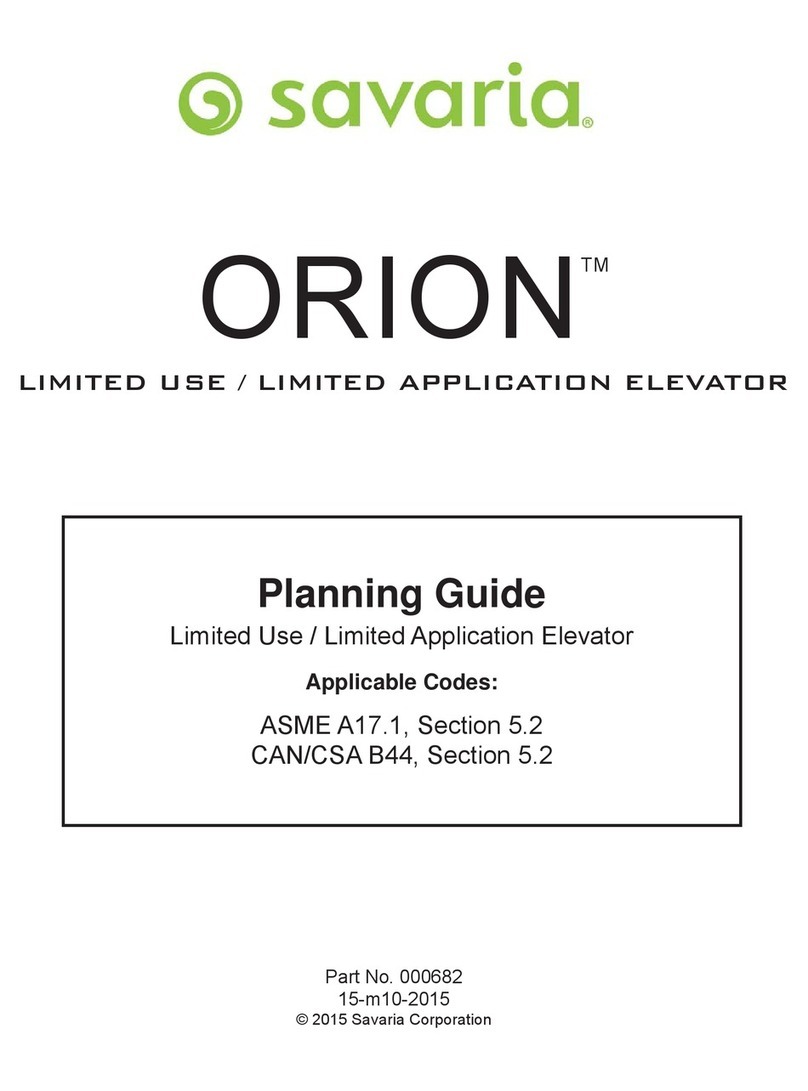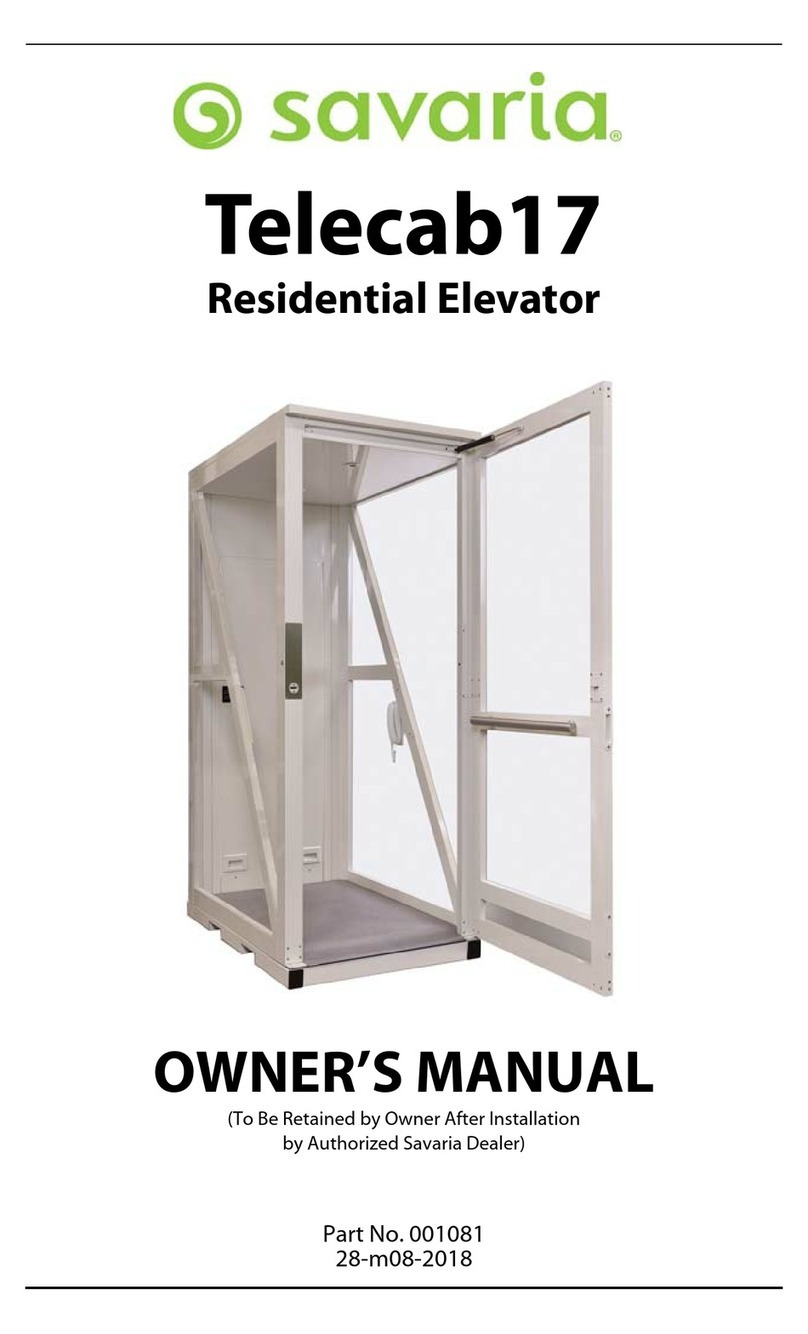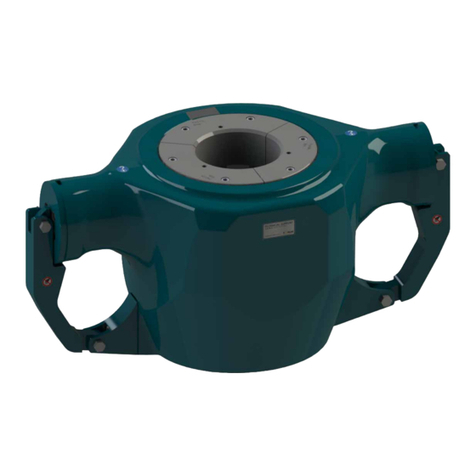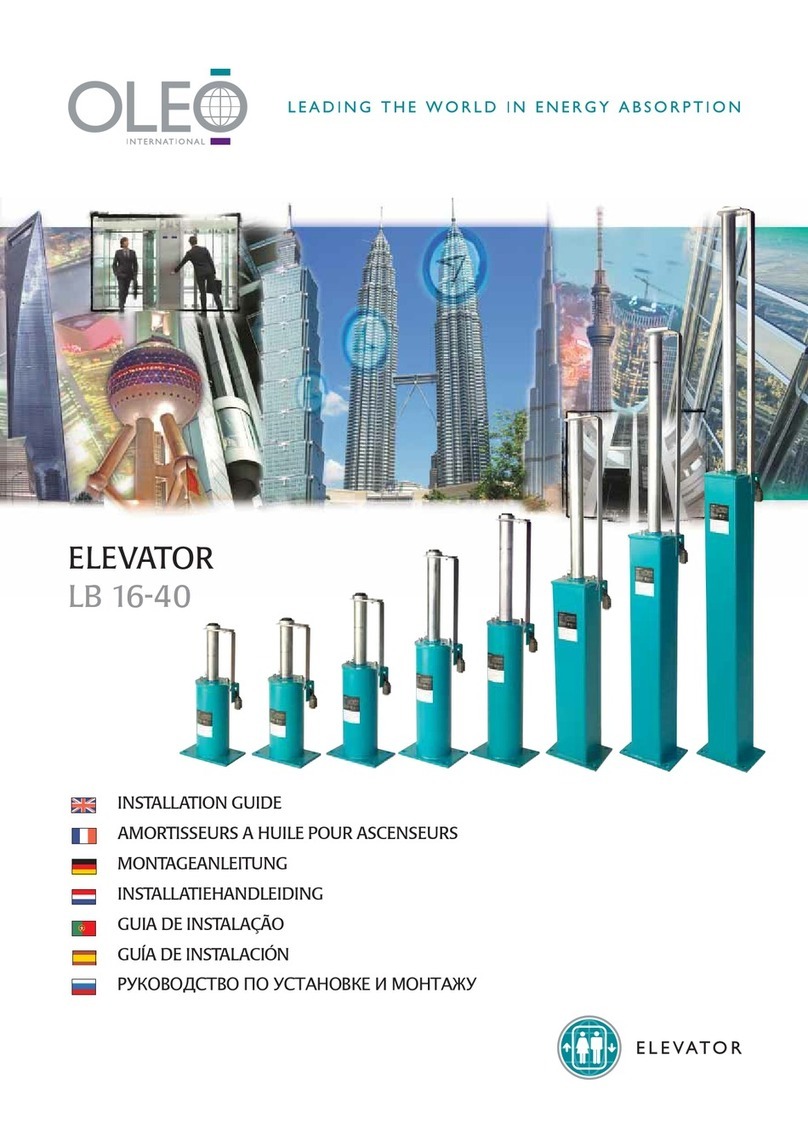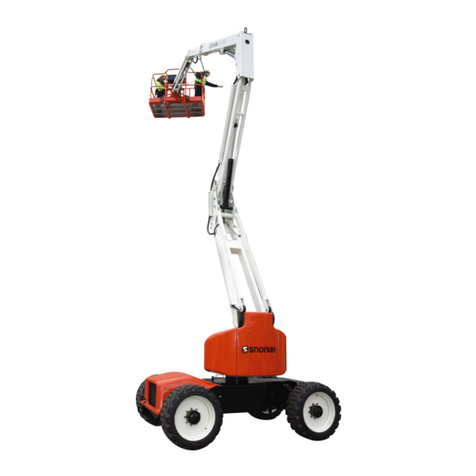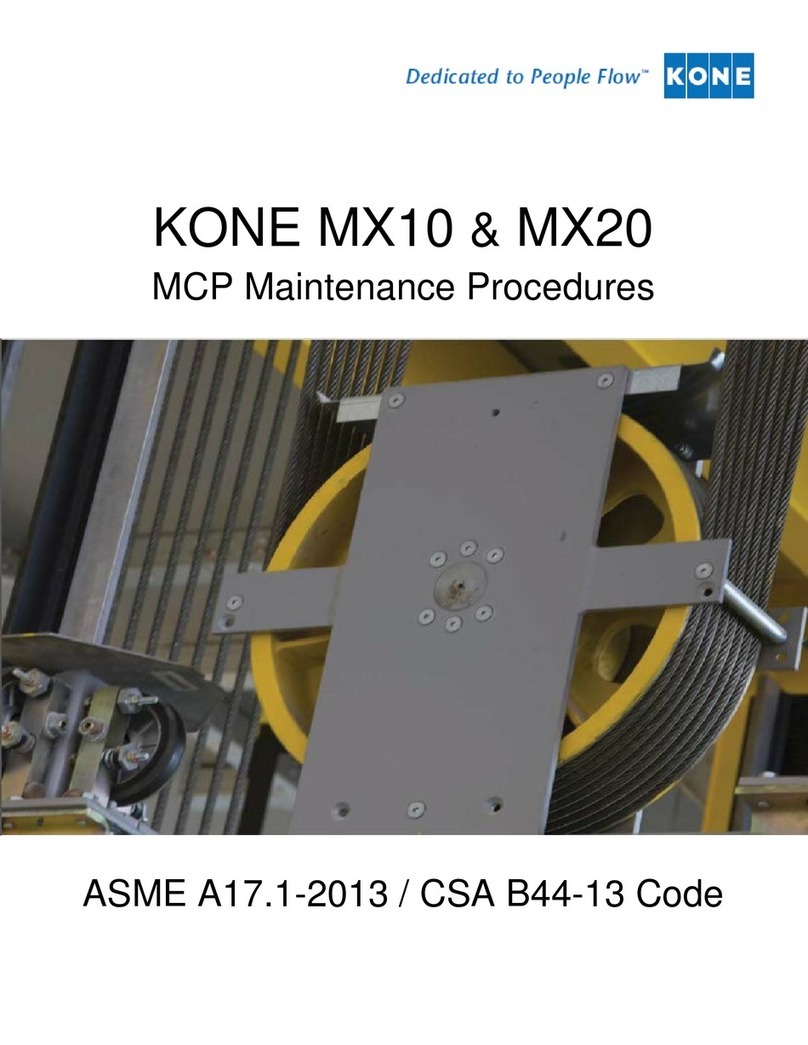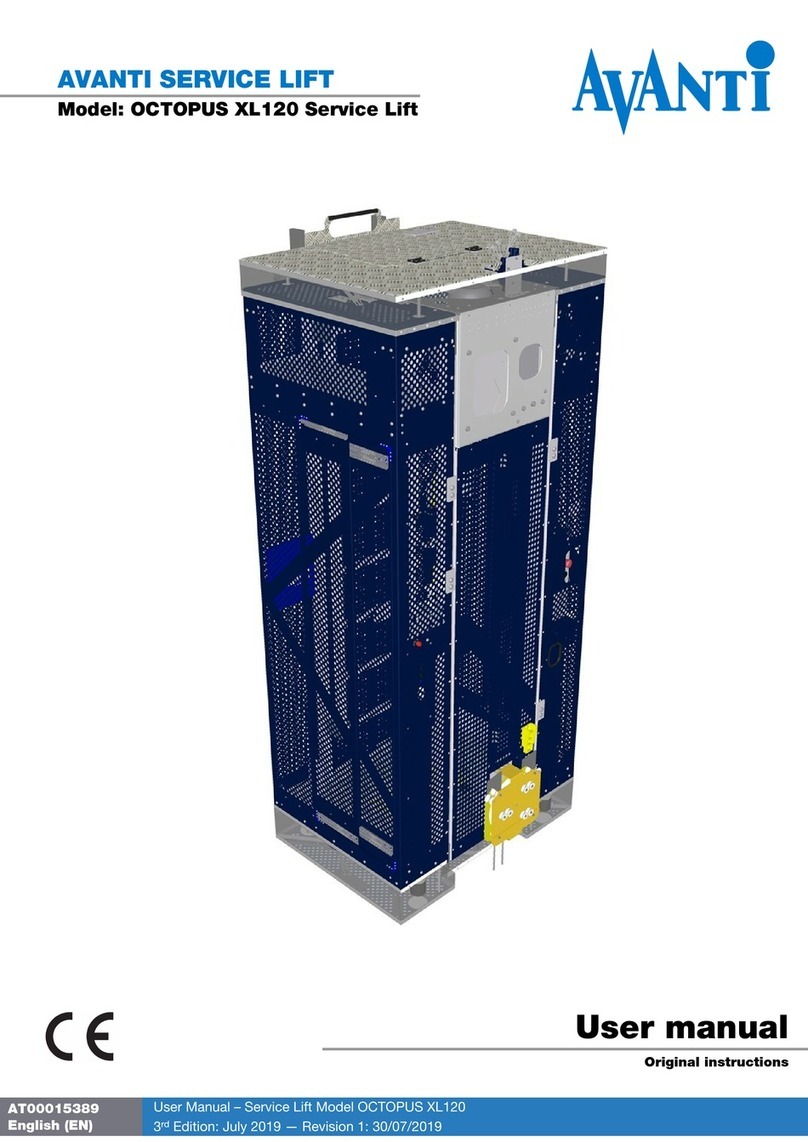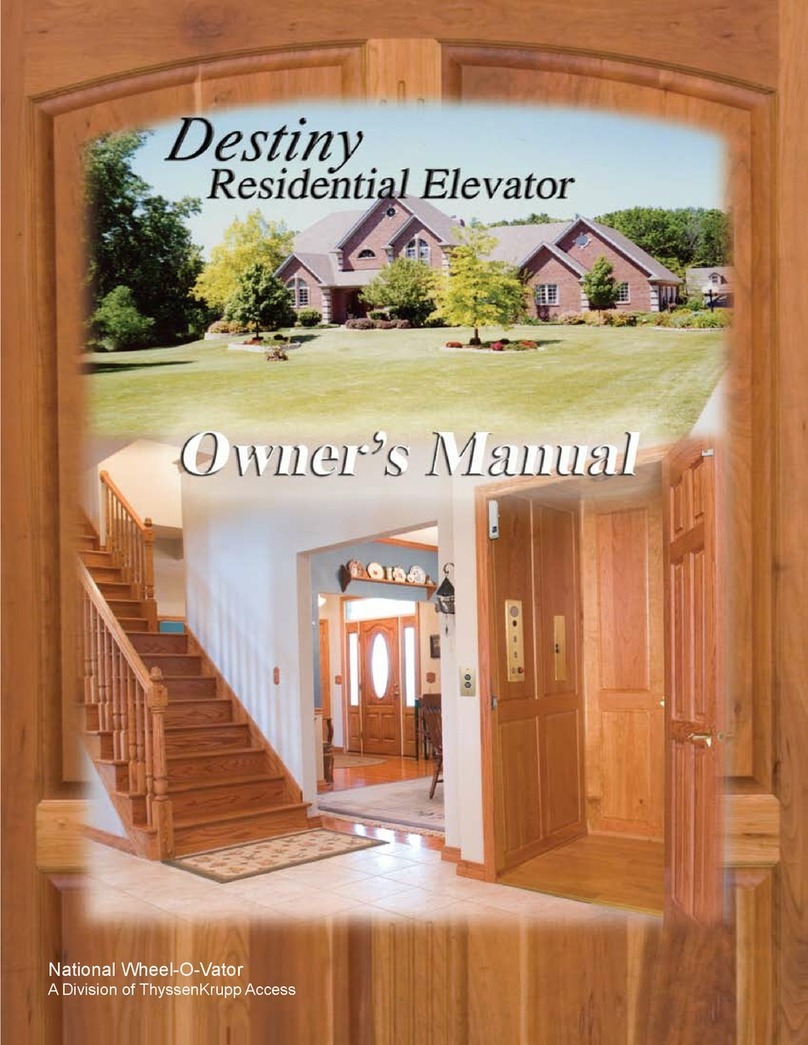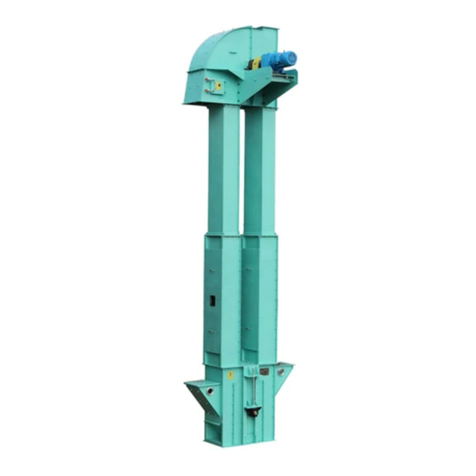
Phone (209) 599-6118 Fax (209) 599-6119
4/1/09 E-mail sales@jackrabbit.bz or info@jackrabbit.bz
TO OUR CUSTOMERS:
Thank you for choosing JackRabbit. We stand behind our products and are very proud of the
equipment we design and manufacture. Preventive maintenance is the easiest and least
expensive type of maintenance. Please take the time to review this Owner’s Operator’s Manual it
can save you time and expense.
WARRANTY
JACKRABBIT warrants each new piece of equipment and parts manufactured by it to be free
from defects in material and workmanship under normal use and service. The obligation of
JACKRABBIT shall be limited to replacing any part which shall, within 1 year (1 season) after
delivery to the original purchaser, be returned to JACKRABBIT with transportation charges
prepaid and which an examination by JACKRABBIT discloses defective. This Warranty does
not obligate JACKRABBIT to bear the cost of labor, travel time or hauling in connection with
the replacement or repair of the defective parts and in no event will be liable for consequential
damages including but not limited to loss of crop, rental or substitute equipment or other
commercial loss.
No warranties or representations made by persons other than representatives of JACKRABBIT
expressly authorized in writing to do so shall be valid and binding upon JACKRABBIT. No
dealer shall be authorized to bind JACKRABBIT in this respect.
JACKRABBIT makes no warranty with respect to component parts not manufactured by
JACKRABBIT. This warranty shall not apply to any equipment which has been altered in any
way outside of manufacturers factory, or which has been subject to misuse, neglect or accident.
This warranty is expressly in lieu of all other warranties and representations, expressed,
implied, or statutory, including warranties of merchantability and fitness for a particular
use, and all other liabilities or obligations on the part of JACKRABBIT, foreseeable or not.
USER’S RESPONSIBILITY
It is the responsibility of the user to read the Operator’s Manual and understand the safe and
correct operating procedures as pertains to the operation of the product and to lubricate and
maintain the product according to the maintenance schedule in the Operator’s Manual.
WARRANTY SERVICE
Warranty service may be obtained through an authorized dealer or JackRabbit service facility.
Write or call: JackRabbit, 471 Industrial Ave, CA 95366, telephone (209) 599-6118


